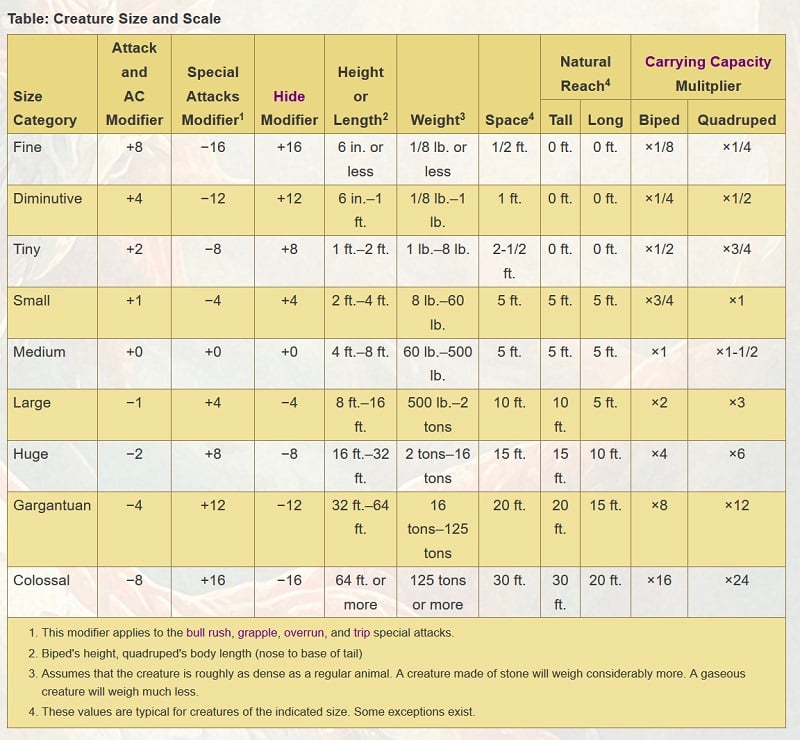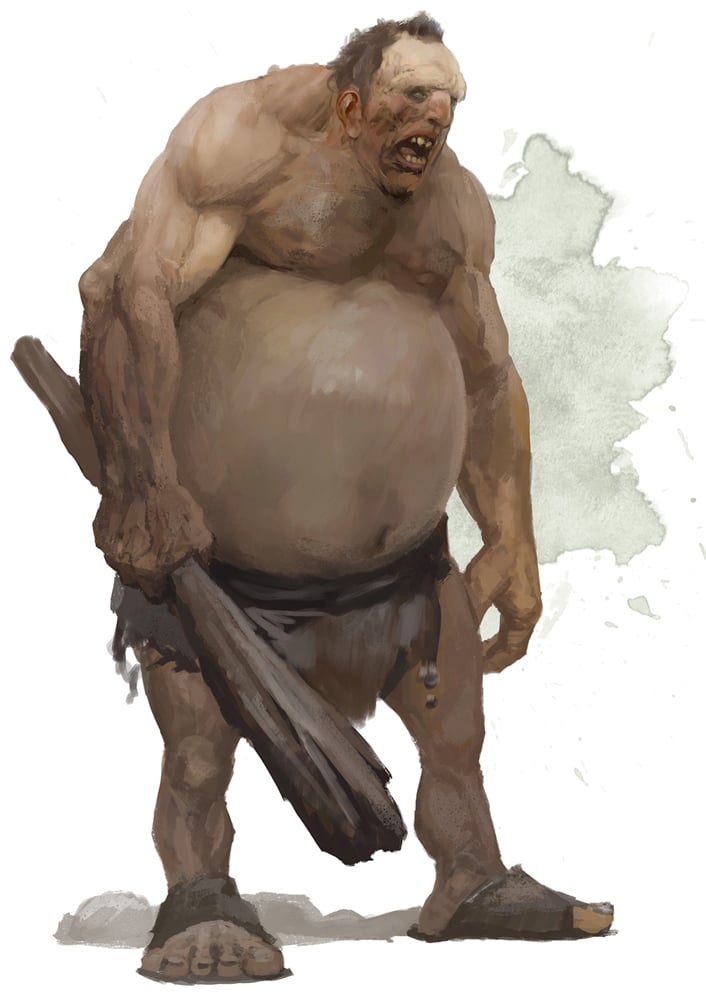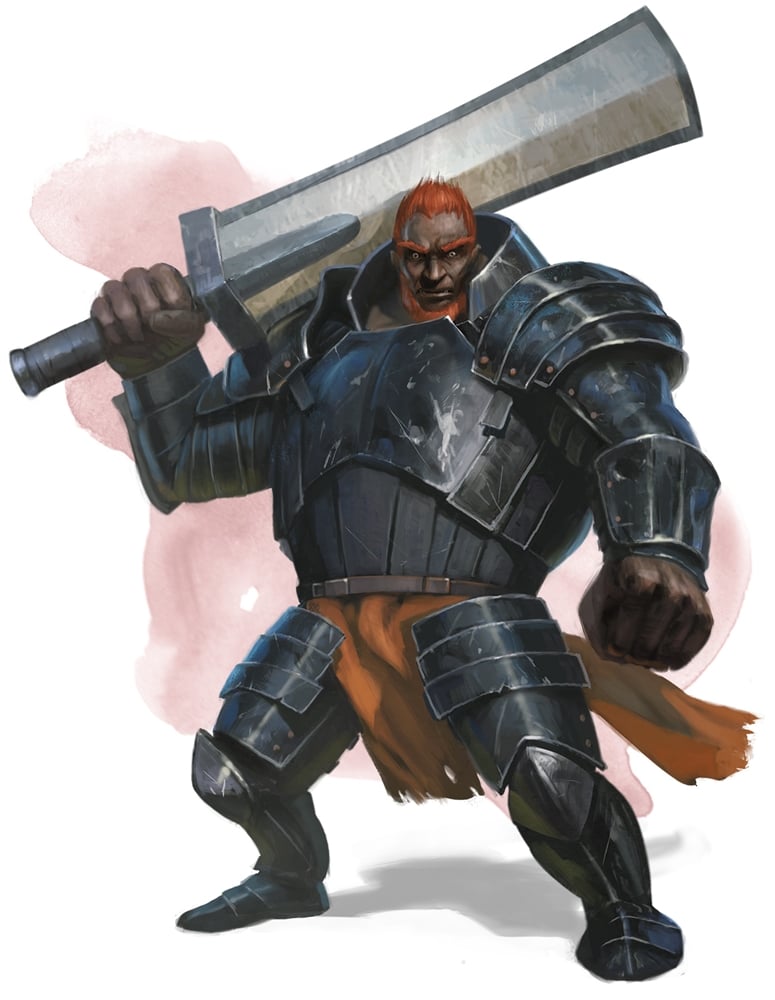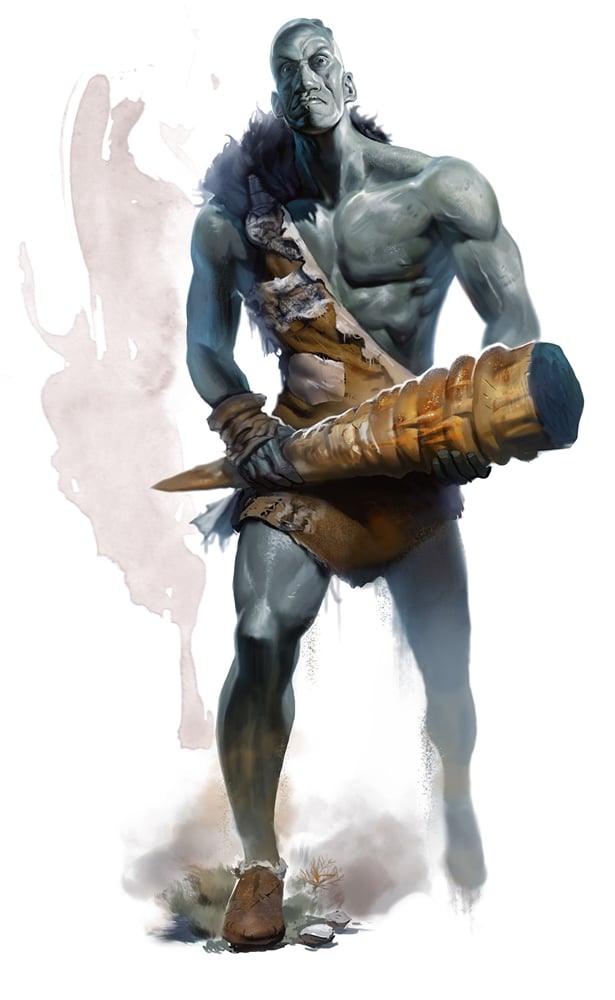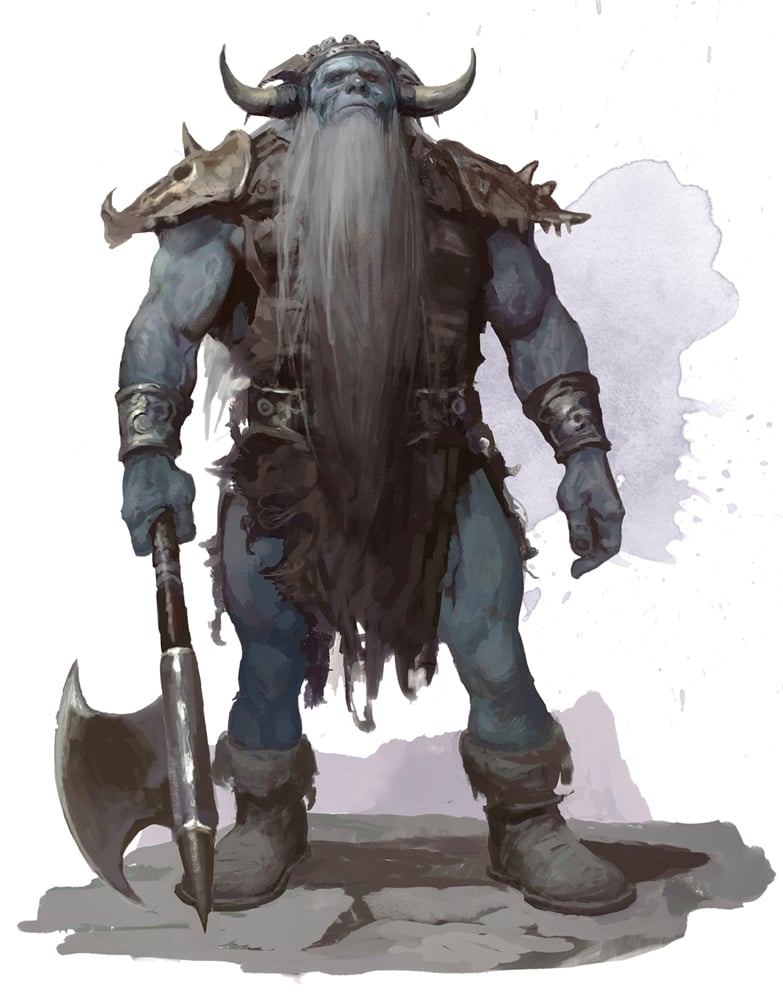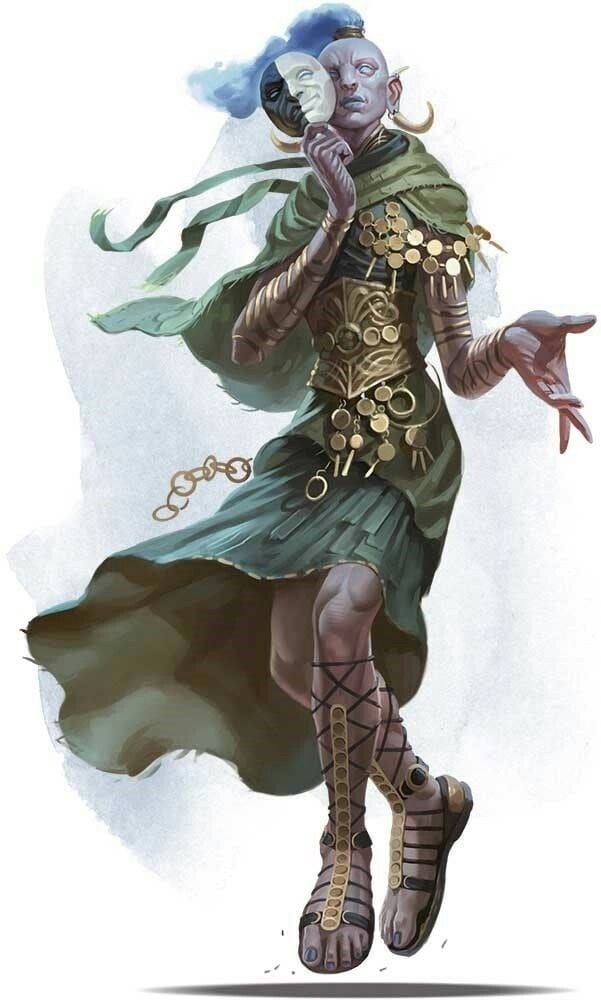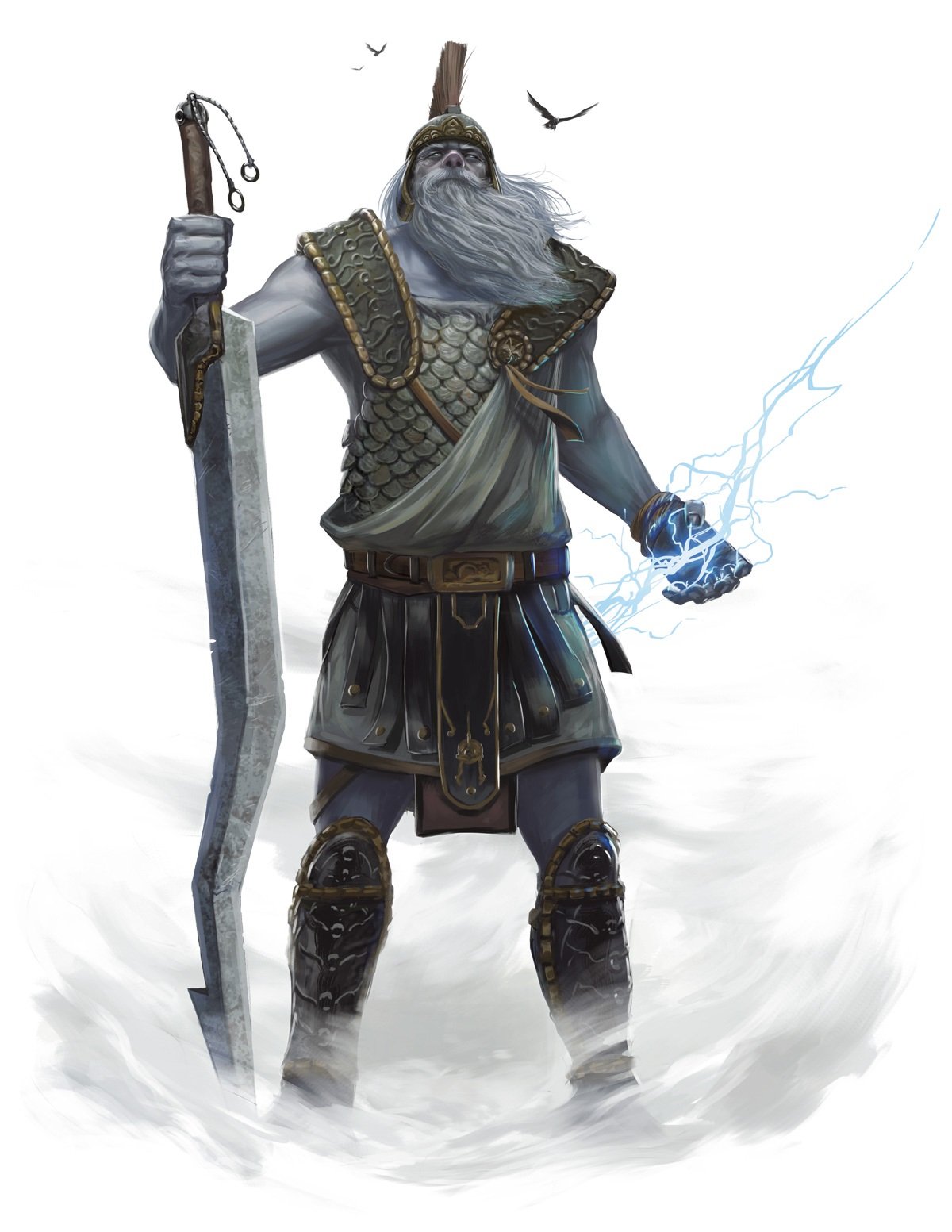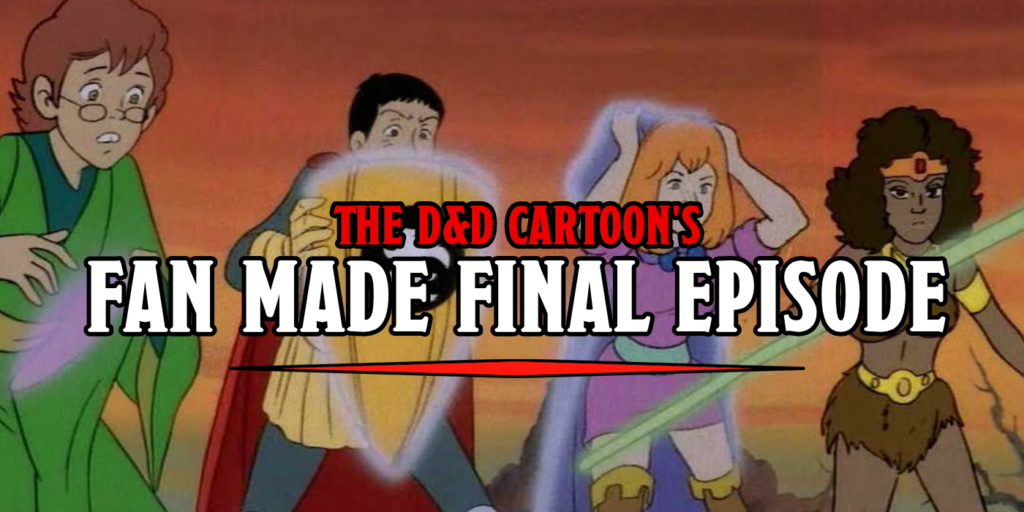D&D: Just How Giant is a Giant?
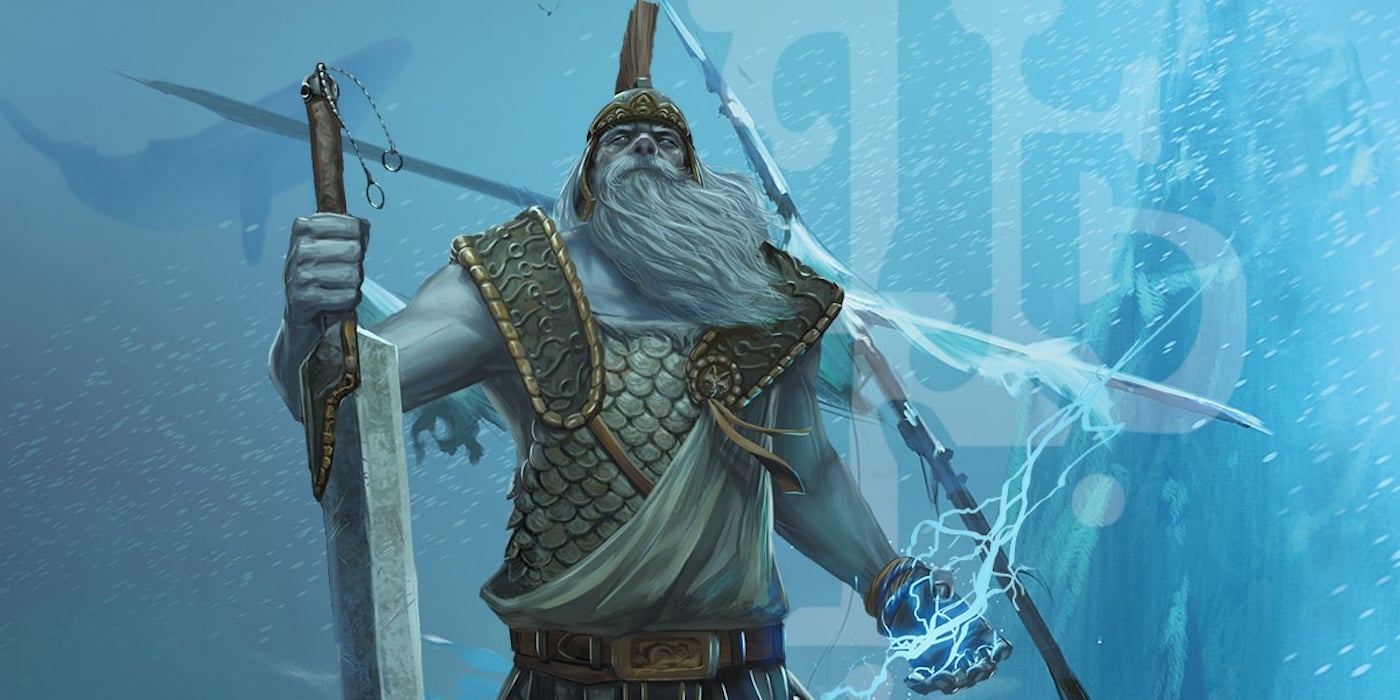
Giant might be a relative term, but we’re here to help you figure out just how large each of the true giants really is. Get ready for the big time.
Size categories in 5th Edition D&D are a very broad thing, and nowhere is that more evident than among the spread of really big monsters that all share the same basic term “Huge.”
Now, according to the rules, Huge just means any monster that takes up a 3×3 area on a grid– but those monsters can fall into any of a very broad range of widths and heights. Here’s a look at the creature size and scale table just to showcase how different it can be.
Huge starts in at around 16 ft or so, and caps out at twice that– so the upper limit is basically two smaller huge creatures stacked on top of each other. So to help give you an idea of the disparity in giants, we’ve gone through the Monster Manual and ranked them here by height, just to show you how giant the variety of giants really is.
Hill Giant
Hill Giants are primitive, selfish brutes that are little more than bigger, badder ogres. These giants are rough, tough bullies who thrive on eating whatever they can get their hands on, including whole herds of cattle, chickens, crops, and the farmers responsible, if they’re close to hand.
For all that they are beefy, they are still the smallest of the giants coming in at only 16′ tall, they’re still bigger than the average elephant.
Fire Giant
Fire Giants are definitely broader than the other Giant they share second place with, but they appear to be a little more squat, in as much as an 18-foot-tall monster can be considered “squat.”
These are the smiths and crafters and forge tenders of the giants. Their artisans create weapons of beautiful conquest. But they’re still small fry in comparison– about three and a half Danny DeVitos.
Stone Giant
Stone giants are the more reclusive of the bunch. They prefer caverns and chasms and isolated mountains where they can commune with nature. But don’t take their preference for natural stone and loin cloths as a lack of culture.
Their stone carvings are elegant and beautiful and full of grace–which is how stone giants are described. I suppose they’d need to be, to survive falling over. They also come in at the 18-19 foot range or around five R2-D2s.
Frost Giant
Ah yes, the Viking giants. These are raiders with hearts of ice, who dwell in wintry lands where they follow the leadership of powerful jarls, and work for Belethor at the general goods store.
They average around 21 feet tall, which means they’re a full person taller than Hill Giants, and about the same size as Washington’s nose on Mount Rushmore.
Cloud Giant
Cloud Giants are jerks. Like dragons, they covet wealth and power, but it’s not just about acquiring valuable objects. Piles of money do them no good–they are instead all about conspicuous consumption.
They must dress lavishly, live in palatial estates, carve the most exquisite jewelry, and they must also bet on and play games with the lives of mortals. Plus they are literally above it all in their cloud palaces. At 24 feet, a Cloud Giant towers over almost everyone–except if they were near the Empire State Building it’d be about fifty times as tall as they are, so even if you’re giant things still aren’t necessarily giant.
Storm Giant
Storm giants are the kings and seers and astrologers of the giants. They scry the heavens and hope that everything else is fine without them paying attention to it. They are the strongest and tallest giants of them all, leaning into the whole idea that bigger is better.
At 26 feet tall (on average) they come pretty close to the upper range of the scale. About the same size as the Forever Marilyn statue, currently en route to palm springs.
But even knowing these giants’ sizes on paper doesn’t mean much. A Storm Giant can be ten feet taller than a hill giant to roughly twice its size if you get a really big one. Here’s a handy point of reference:
And to easily get an idea of the scope of things… humans are to hill giants what hill giants are to storm giants. Humans can reach about waist height on the hill giant, hill giants are waist high to a storm giant, which is my new favorite old-timey expression to measure height, sorry crickets.
Anyway, all of this is just to keep in mind the sheer scope of size categories in D&D. Huge doesn’t necessarily mean huuuuge but it should give you a jumping-off point for just how ridiculous things can get.
Happy adventuring!

